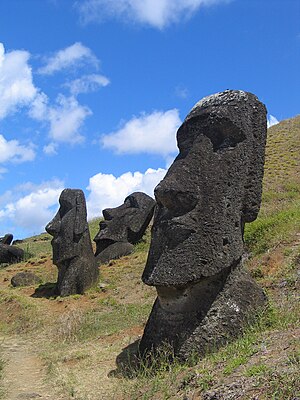 |
| subdermal implants, ear surgery, elf ears, body piercing (Photo credit: Wikipedia) |
When someone asks you to
think about body modification you probably instantly think about
tattoos and body piercings. However, just recently a brand new type
of extreme body modification has become a craze with the Japanese.
They have taken body modification to a whole new level with something
that has become known in the English speaking parts of the world as
the “bagel head”.
Bagel
heads have entirely grasped the imagination of a whole host of
cheerless youthful citizens devoid of any sense of worth. Japan being
the realm of strangeness and a location where their populace enjoy a
good freak show, have dared to come up with a totally contemporary
means of body modification which is universally known as a bagel
head.
A saline
suspension drip is infused by specialized piercers into a precise
place, which brings about an exaggerated immune response by the body
causing swelling and distension. Luckily, the saline jabs are not
everlasting and the actual bagel contour only persists for in the
region of twenty-four hours.
The places that are
most commonly injected and the most
prevalent body parts for creating these swellings are the forehead, a
place where more often than not a couple of bagels are created and
also the tops of the arms are injected to give the appearance of a
Popeye style large bicep muscle.
As well as
giving the impression of being a absolute fool and looking as if they
require a dollop of cream cheese on their head swelling, this kind of
extreme body modification may induce some side effects akin to
headache, contamination, skin elasticity, a sensation of pressure,
and giving the appearance of having a dodgy eye.
It looks as if, thanks to
the Japanese the missing piece of the extreme body modification
jigsaw has been discovered, but it does beg the question, what will
they come up with next?















































